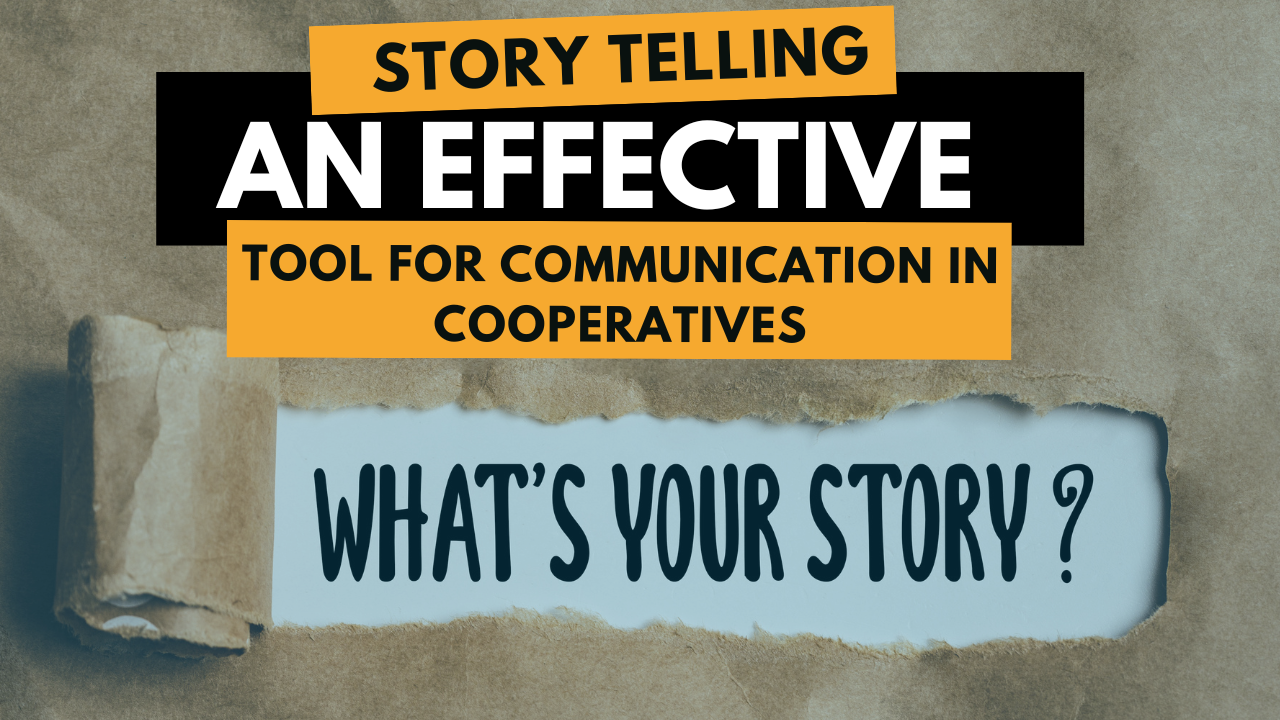
Santosh Kumar Sharma
Former Director NCDC & Freelance Writer
It is a common knowledge that communication means exchange of ideas, views, information and facts etc between two or among more persons with an aim to develop understanding. The dilemma lies in deciding the best means of communication which can be effective in a given situation. There are many factors which help in selecting the mode and means of communication, the most important factor which governs the methodology is the kind of audience.
It is a foregone conclusion that attention of audience is very important for conveying any massage, irrespective of the fact whether you are pitching for a client or making a presentation to the Board or trying to infuse some knowledge in the already overburdened minds of students in the classroom. In addition to capturing attention of the audience is of utmost importance that the knowledge/information being imparted has retention value, otherwise the purpose of entire exercise is lost. Thus communication has to be effective viz a viz its impact long lasting.
Let us introspect, and try to answer a simple question as to what piece of oldest information passed on to us, we are still able to recall. Let me give an example from by own experience.
It was during the time when I was a student of 7th standard in a Hindi medium government school. We, the students were making a lot of noise since a very young timid looking new teacher had joined our school. The boys did not feel much scared of him. To keep us silent he gave us an assignment. We were asked to write ten lines on any person whom we thought had very high moral standards. All of us brought our slates and most of us began writing immediately. Almost everyone was able to complete the assignment within the prescribed time. Everyone was surprised that even the most chronic work shirkers had something to write. The teacher was amazed at the overwhelming response. The write ups of the students ranged from the lives of Lord Ram, Lord Krishna, Mahatma Buddha, Mahatma Gandhi and some have even written about Lord Mahavir, one of the most revered figures in Jain religion. The teacher was much impressed by the performance of the students.. He asked the students where they had learnt about these stalwarts. Everyone answered in unison that they had heard the stories of these great men from their grandparents/parents.
We were then asked to write as to what we had learnt in our class day before yesterday. The response this time was lukewarm. I, then, did realize the power of storytelling. I am not an exception, the whole world be the corporate, motivational speakers, education counselors and some of the pragmatic teachers are now utilizing stories to communicate effectively with their clients or audience as the case may be.
During our academic or professional pursuits, we always found it easy to learn, cram and recall even the most tedious topic if it had some event woven around them i.e. if it was preceded by some anecdote or some incident associated with it. The attendance used to be good in classes in which the teacher made the subject interesting by touching our emotional chords.
In an article, Ramz Shalbak, Technical and Programme Specialist at UNFPA, focusing on advocacy, communication, and knowledge management. wrote “Human beings have storytelling for centuries as part of their communication behavior. Stories reflect personal experiences, feelings, cultures, and identities for different purposes, which unfold the power that stories have in persuading, informing, influencing and motivating an action.
Studies have shown that an effective use of storytelling has a direct impact on the recipient’s brain as it activates more areas than mere facts. Besides stories are known to be up to 22 times more memorable than facts and figures alone making it a very effective tool in the hands of communicators in every field whether it is promotion of a brand in the market, propagating an idea or philosophy, making a presentation or teaching in a classroom.
The importance of stories was known to ancient Indian scholars long time back as is evident from the stories compiled under the book Panchtantra written by the sage Vishnu Sharma in 300 BCE. It is said that there was king named Amarshakti who had three sons. All the three sons were foolish, rowdy and hated studies. The king sent them to the hermit Vishnu Sharma and requested him to reform them. The sage taught them by telling a new story each day which contained various subjects needed for a noble king to rule. It is said that within a very short period of time, the princes were not only reformed but also proved worthy of being a king’s sons in future.
This ancient Indian art of story telling which had almost disappeared is slowly being revived as the scholars in the western world after years of research have realized its importance in the learning process and exchange of information. It is like preparing the soil before sowing. With a lot of topics to be covered, lengthy syllabus to be completed within a given period of time, little time is left for corroborating them with some anecdotes. It rather seems a waste of time to many. This is like the Hindi Movie ‘Munnabhai MBBS’ where the Director of the Medical College feels that a patient is a body with some kind of ailment. The primary rather the only focus of the doctor should be to concentrate on the sickness and remove the illness without feeling any emotions towards the patients. To some, procedures, rules and regulations, imparting of maximum knowledge in the minds of the pupil is of fundamental importance. Such an approach is robotic. The Director in the end also realizes the importance of emotions. In daily life, we have all witnessed and experienced that a Doctor who develops an emotional relationship with the patients through interesting chit chat not only wins their trust, but also in turn is able to cure them much quicker as compared to pure academicians.
With a robotic approach, we may have been able to produce very knowledgeable persons in different disciplines but can we claim with utmost confidence that they are human beings of great wisdom also! No one can deny the importance of knowledge, but it has to be imbibed in our system not stuffed in our brains. It should not be a burden in our minds which we have to always drag with us like we used to carry school bags i
We, the students of cooperation, know that cooperation as a philosophy and practice is not new to Indian Sub-continent, though in its present form it came into practice through Cooperative Societies Act enacted by the then British Government in India. The motivation behind this Act was not propagating the cooperative philosophy, but to check the increasing unrest among the peasants. India in fact never needed anyone to teach them about cooperation since it is inbuilt in the very system of Indian psyche. Although, we all know what the cooperative philosophy is, but have forgotten to use it in our social and business environment.
In the present circumstances when cooperatives are needed most to subvert the designs of private enterprises, we are losing the way somewhere. In spite of having a huge number of institutes, at all levels, dedicated to spreading this philosophy and use it as a business tool, we have failed to emerge as a nation where the cooperatives play a pivotal role in the economy barring a few sectors. The modern youth either seem to be ignorant or do not visualize or is not convinced that cooperative could be effectively employed as business/economic model. Although the statistics do tell a very rosy picture in terms of membership etc. but the people associated with the cooperative movement understand the ground realities.
The big issue remains that how we have not been able to penetrate the minds of young generation and convince them about the efficacy of cooperatives as a business model in our economy.
As a student of cooperation who has been associated directly or indirectly with the movement for the last forty years, I feel the youth have been much influenced by the western ways of achieving success based on the model of model of private enterprise. We have not been able to penetrate the minds of youth with the cooperative concept because we miserably failed to highlight the success stories in the cooperative sector. It is not that no attempt has been made to highlight the achievements of successful cooperatives through printed or other means of communication, but the efforts have been limited and that too confined to a few cooperatives such as IFFCO, KRIBHCO, AMUL etc. These institutions are too big to be imagined by general public as cooperative ventures. Moreover, we only try to project their growth in terms of dry statistics or at the most through pictorial graphs etc. The common men thus fail to appreciate the real story behind their growth.
There are umpteen numbers of successful economic ventures at all levels right from primary to national level where the cooperatives have made a mark and have proved that cooperatives can be as successful as any private business enterprise with an additional benefit of equitable distribution of resources and revenues sans the ill effects of private business models. The need of the hour is to present them in a manner so that the journey looks interesting though attractive, eye-catching and interactive content. The best way is to create stories around their success. Every journey, whether successful or futile, is never entirely smooth devoid of pitfalls, there are always crest and troughs on the path. Each traveller on these roads has some experiences to narrate regarding ups and downs.. When these experiences are put together by a creative writer, they turn into transformative stories.
The world is witnessing a huge change in communication techniques. The educators, trainers and industry leaders are trying to adopt best methods to put across their point of view in order to get the attention of their audience. The latest trend emerging is to educate the target audience , which is slowly shifting from humourless lectures, presentations or dry teaching material, to storytelling without in any way compromising with the real motive. The move has paid dividends in private sector. So, why the cooperative sector should lag behind ?
The educators, trainers as well as the planners, who are responsible for providing a direction to the movement, also need to change with the times and use stories and anecdotes as one of the important tools of pedagogy.






